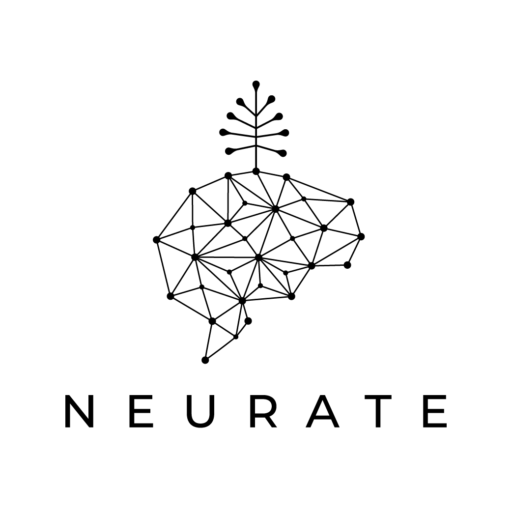In an extremely complex environment riddled with uncertainties, it is becoming increasingly difficult to make good decisions. My coaching clients often come unsure about their next step. Making lists of pros and cons often does not lead to a clear resolution. So, how do we make good decisions we feel confident about?
Decision making, as viewed by economic theory, is a rational cost-benefit analysis, with no room for emotions. Antonio Damasio revolutionized this view by proving that the feelings in our body play a crucial role in how we make decisions. He postulated that the ventromedial prefrontal cortex (VMPFC) powers our decision-making abilities by involving our emotions to evaluate options. Lesions to the VMPFC, such as with the famous patient Phineas Gage, leave people to rely solely on a laborious and dry rational evaluation. He termed those bodily feelings, often visibly expressed in our body language, as “somatic markers“. They hold the key to distinguishing how we unconsciously perceive various potential outcomes of a particular choice.
In the face of complex decisions, our cognitive processing can get overloaded trying to assess the value of different decisions. In these cases, our emotions take the lead, guiding us to the potentially most rewarding outcome. These emotional evaluations are reported back to us via changes in the muscle tone, heart rate, posture, facial expression, etc. These somatic markers carry the associations with past rewarding or disappointing experiences, nudging us to pursue what was experienced as positive and pushing us away from negative outcomes. Thus, it is a combination of experienced and anticipated outcomes. Observing somatic markers in others can give us valuable clues about how they really feel about a topic. Damasio (1994) proposed that somatic markers constrain the complexity to help us make decisions when time is limited. Individuals that neglected their somatic markers tend to have lower rates of performance.
Does this mean we should allow ourselves to be guided solely by how we feel about something regardless of logical reasoning?
Not at all.
The emotional value we place on something and the rational arguments should engage in a dialogue to create a decision sustained by both the conscious and the subconscious. According to Prof. Kuhl’s PSI theory, a mature individual can access both the right hemisphere (where the emotional “extension memory“ is stored) and the left hemisphere (where the rational “intention memory“ is stored) to integrate their respective contributions. Dr. Storch, in her Neurodynamic Self-Management model (NSM®), suggests we should assess on an affective scale how much positive and negative affect a choice evokes. A single outcome can simultaneously activate both positive and negative feelings, as they are orchestrated in separate neural pathways.
In summary, integrating our intuitive gut feelings with common sense is fertile ground for smart decision-making. Our intuitive brain can process massive amounts of information and give us clues about it through our bodily reactions. Our gut reactions can hold valuable clues for an optimal decision if we consciously invest into exploring the potential reasons behind it. Based on our personal history, we can either be overly impulsive or tend to ignore how we feel about something. Research indicates we need both emotion and reason to make the best choices.
References:
Crone, E.A., Somsen, R.J.M., Beek, B.V., and Van Der Molena, M.W. (2004). Heart rate and skin conductance analysis of antecendents and consequences of decision making. Psychophysiology 41, 531–540.
Damasio, A.R. Descartes’ error: Emotion, reason and the human brain. New York: Grosset/Putnam (1994)
Damasio, A.R. The somatic marker hypothesis and the possible functions of the prefrontal cortex. Phil. Trans. R. Soc. Lond. B 351, 1413–1420 (1996).
Storch, M. Das Geheimnis kluger Entscheidungen. Goldmann (2005).

